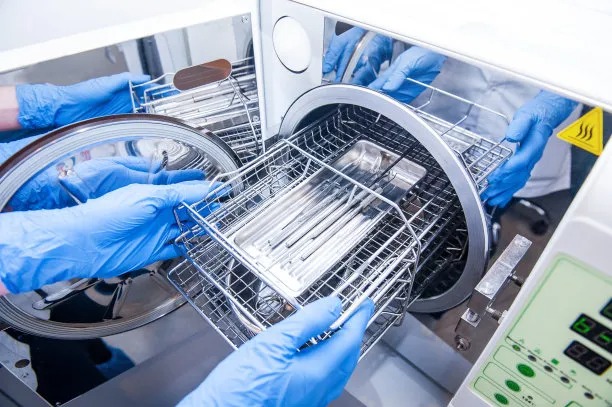Revolutionizing Smiles with Dental Implant Treatment A Comprehensive Guide to Modern Solutions and Innovations
Summary: Dental implant treatment has revolutionized the field of dentistry, offering innovative solutions for those facing tooth loss. This comprehensive guide delves into the latest advancements, techniques, and benefits associated with dental implants. We will explore the technological innovations that enhance their functionality, the procedural steps involved, the advantages they offer over traditional dentures, and the critical aspects of post-treatment care. By understanding these elements, individuals considering dental implants can make informed decisions and attain the beautiful smiles they desire.
1. Innovative Technologies in Dental Implants

The realm of dental implants has seen significant technological advancements in recent years, making it one of the fastest-evolving sectors of modern dentistry. One major innovation is the use of 3D imaging and computer-aided design (CAD) to create precise surgical guides. These tools enable dentists to plan the implant placement in a more accurate manner, which can reduce surgery time and improve outcomes.
Another critical advancement is the development of biocompatible materials, like titanium alloys, which promote faster healing and enhance integration with the jawbone. This technology ensures that the dental implants not only fuse effectively with the bone but also last for many years, providing durability and reliability to patients.
Furthermore, the introduction of mini dental implants has expanded the options available for patients with limited jawbone structure. Mini implants are less invasive and can often be placed with local anesthesia, offering a quicker recovery and less discomfort compared to traditional implant procedures. This technological evolution is making dental implants accessible to a broader range of individuals.
2. The Implant Procedure Explained
Understanding the procedural steps involved in dental implant treatment can alleviate concerns for apprehensive patients. The process typically begins with a comprehensive consultation where the dentist evaluates the patient’s oral health and creates a tailored treatment plan. This initial visit sets the foundation for a successful implant placement.
The next step involves the surgical placement of the implant. Under local anesthesia, a small incision is made in the gums to strategically position the implant into the jawbone. For many, this part of the process is less invasive and painful than expected, thanks to advancements in sedation techniques.
After the implant is placed, a healing period is necessary during which the implant fuses with the bone—a process known as osseointegration. Depending on the individual’s healing capabilities, this phase may take several months. Once fully healed, the dentist will attach a crown to the implant, completing the process and restoring the patient’s smile effectively.
3. Benefits Over Traditional Dentures
Dental implants present numerous advantages over traditional dentures, making them a preferred choice for many individuals facing tooth loss. One significant benefit is their stability; unlike dentures, which can slip and cause discomfort while eating or speaking, implants are anchored securely in the jawbone, providing a natural feel and function.
Another key benefit is durability. Dental implants, with proper care, can last a lifetime, while dentures often need replacement every five to ten years. This longevity offers patients a more cost-effective solution in the long run, despite the higher initial investment associated with implants.
Moreover, dental implants contribute positively to oral health. They prevent bone loss by stimulating the jawbone in a way similar to natural teeth, maintaining facial structure and preventing the sunken appearance often associated with lost teeth. This not only boosts self-esteem but also supports overall dental health and hygiene.
4. Post-Treatment Care for Implants
Post-treatment care is essential for ensuring the long-lasting success of dental implants. After the installation of the implants, dentists typically provide their patients with specific guidelines to follow. Maintaining good oral hygiene is paramount; regular brushing, flossing, and routine dental check-ups are crucial for preventing infections that could jeopardize the implant’s integrity.
Additionally, patients are often advised to avoid certain foods that may be hard or sticky for the first few months post-surgery. These care measures help in the healing process and enhance the longevity of the implants. It’s also vital for patients to communicate with their dentist any signs of discomfort or issues that arise during recovery.
Lastly, understanding the importance of lifestyle choices can also aid in the success of dental implants. Quitting smoking and moderating alcohol intake can significantly influence healing and overall outcomes, making a positive impact on the implant’s durability and the patient’s general health.
Summary:
This guide highlights the transformative power of dental implant treatment, detailing the innovations, procedural steps, advantages over traditional dentures, and necessary post-treatment care. In exploring these aspects, individuals can make well-informed decisions about their dental health, leading to confident smiles and improved quality of life.
This article is compiled by Vickong Dental and the content is for reference only.



